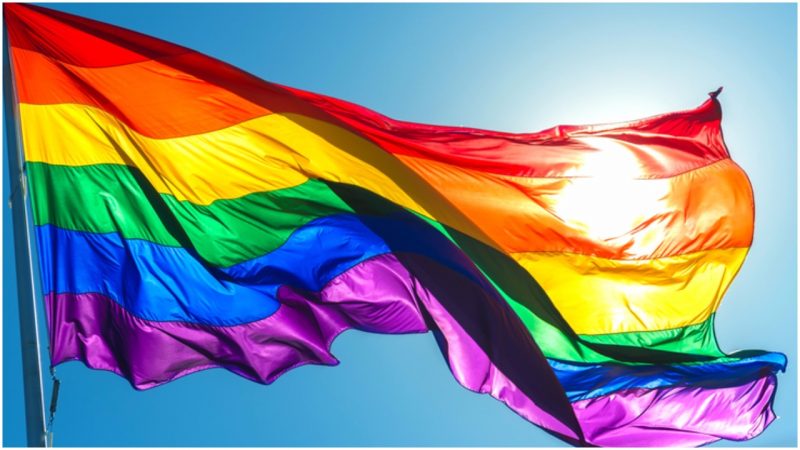The Rainbow Flag, widely known as the gay pride flag, stands as the most recognizable symbol of the LGBT community. The colorful flag reflects the diversity of the LGBT community, and it’s waved at events worldwide that cherish the Pride Month of June.
The famed flag was devised by Kansas-born Gilbert Baker, a gay activist who had moved to San Francisco back in 1970, as an Army draftee. Baker did not wish to go back home but was more than determined to pursue his big dream of becoming an artist. Not only that, he had become one of the major figures who helped define the LGBT movement.
After moving to San Francisco, the first skill Baker taught himself was how to sew. He was then able to create many of the fashionable items typical of the 1970s he desperately wanted but could not afford.
What would perhaps be a key moment that would change Baker’s life forever was when he met Harvey Milk, in 1974.
Milk influenced Baker, like he did many other gay people who came to San Francisco. In the case of Baker, he is said to have encouraged him to think of a new symbol that would bring young gay people a positive message of hope. This was essentially the message that Milk sent out through his campaigning before being elected the first gay person to serve in a high public office in San Francisco, consequently writing history.
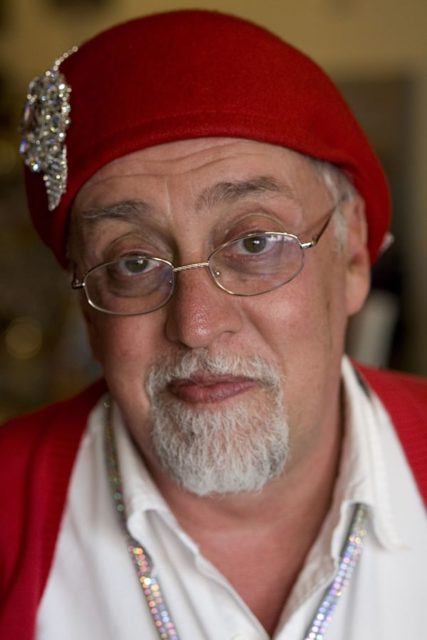
Baker would take on the challenge of creating such a symbol. Thus far, it had been the pink triangle that was reclaimed as the symbol of the gay community. However, the pink triangle had been associated with the Nazis, who first used it to mark male prisoners in the concentration camps and persecute them on the basis of their sexual orientation. Something better was needed.
However, there are few suggestions as to what may have really inspired Baker to come up with the Rainbow Flag as the new symbol. Some say that he was allegedly moved by Judy Garland’s song “Over the Rainbow.” Also, the Stonewall riots happened several days after Garland’s death and she was well remembered as one of the first gay icons.
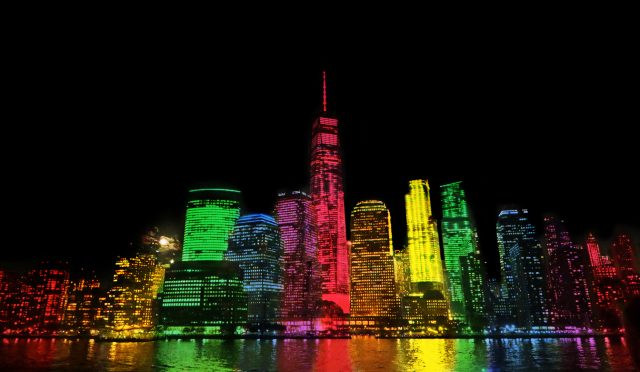
Another possibility is that the Rainbow Flag was conceptually derived from the Flag of the Human Race that featured five horizontal stripes. Top to bottom, this flag had red, white, brown, yellow, and black, and had been used in peace demonstrations back in the 1960s. Aside from that, there are also other noted versions of a rainbow flag, some of which have the word “peace” inscribed on them. It should be noted that several such flags, distinct from the LGBT movement flag, remain in use to date.
Nevertheless, on June 25, 1978, at the San Francisco Gay Freedom Day Parade, the first rainbow flags that featured eight stripes were freely waving in the air. Baker had dyed the fabrics and stitched them together with the help of dozens of volunteers. Top to bottom, the first flags, ones that were huge, had a hot pink color that designated sexuality, red that stood for life, orange for healing, yellow as per the sun, green for nature, turquoise blue for art, indigo for harmony, and the violet color as for the spirit.
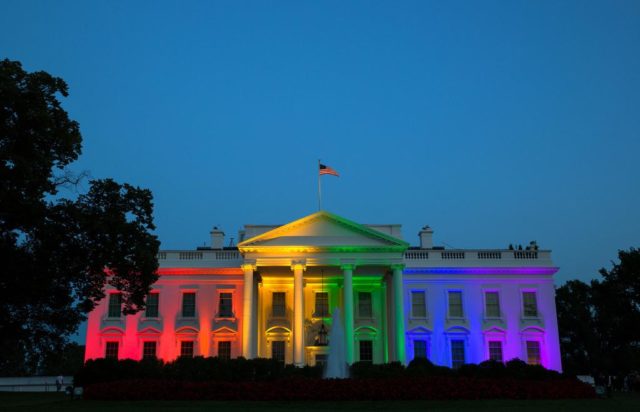
The activist would gladly remember the moment when his new flag was raised for the very first time. Reportedly, he would remark, “People just got it, in an instant like a bolt of lightening, that this was their flag”. He would also describe the moment as one of the most thrilling points in his life.
As the flag gained a certain prominence at the event in 1978, Baker later approached the Paramount Flag Company to do a bulk production of it. The company eventually went on to produce the flag in a seven-striped version, as the hot pink color was supposedly not readily available.
A turning point in the flag’s use was, sadly, the assassination of Harvey Milk that took place on November 27, 1978. Following this event, the demand for the rainbow flag jumped massively. Baker had also increased production of his version of the flag, but after a while, he also dropped the hot pink stripe for practical reasons.
By 1979, the flag was modified once again. The reason for this was that the San Francisco LGBT Pride Celebration Committee (then known as the Gay Freedom Day Committee), which had opted to have the Rainbow Flag flown from the light poles along both the sides of Market Street to decorate the 1979 Gay Freedom Day Parade.
To do so, they needed to split the six colors of the flag into two distinct flags. Each side would fly one of the three striped flags, positioned alternately. For practical reasons, the flag was adjusted to its popular version with six stripes of red, orange, yellow, green, blue, and violet.
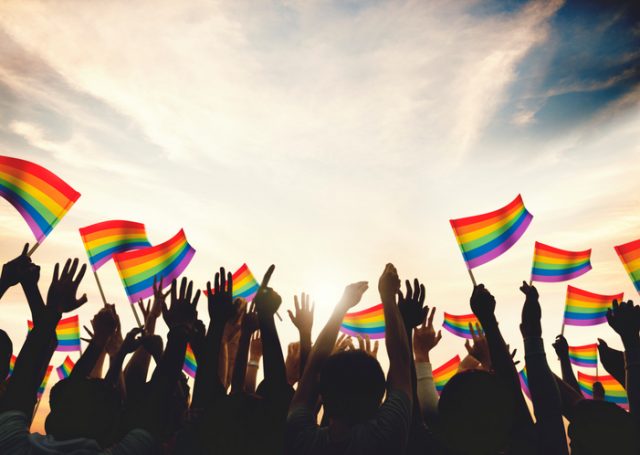
In the entire story of the flag, the pink triangle symbol was not lost, but would frequently be applied to the rainbow flag itself. Other variants of the flag are also regularly seen.
Ever since the 1970s, much of Baker’s life has been about the Rainbow Flag. Some of his works and related important artifacts can be seen at several major museums and archives. The LGBT Historical Society for one, based in San Francisco, owns one of the sewing machines he used to make the original rainbow flags back in 1978. They also have a genuine reproduction of the eight-stripe design that was produced to designate the 25th anniversary of the flag.
In 2015, the rainbow flag was featured in the design collections of the Museum of Modern Art in New York City. It is considered a symbol that is recognized worldwide, similar to the Creative Commons logo or the recycling logo.
The beloved creator of the LGBT pride flag, Gilbert Baker, sadly passed away earlier this year, on March 31, 2017. He was aged 65. He will certainly be remembered as one of the key individuals that shaped the LGBT movement, and the flag he left as a legacy to the world will long stand as a symbol of diversity and inclusion.
